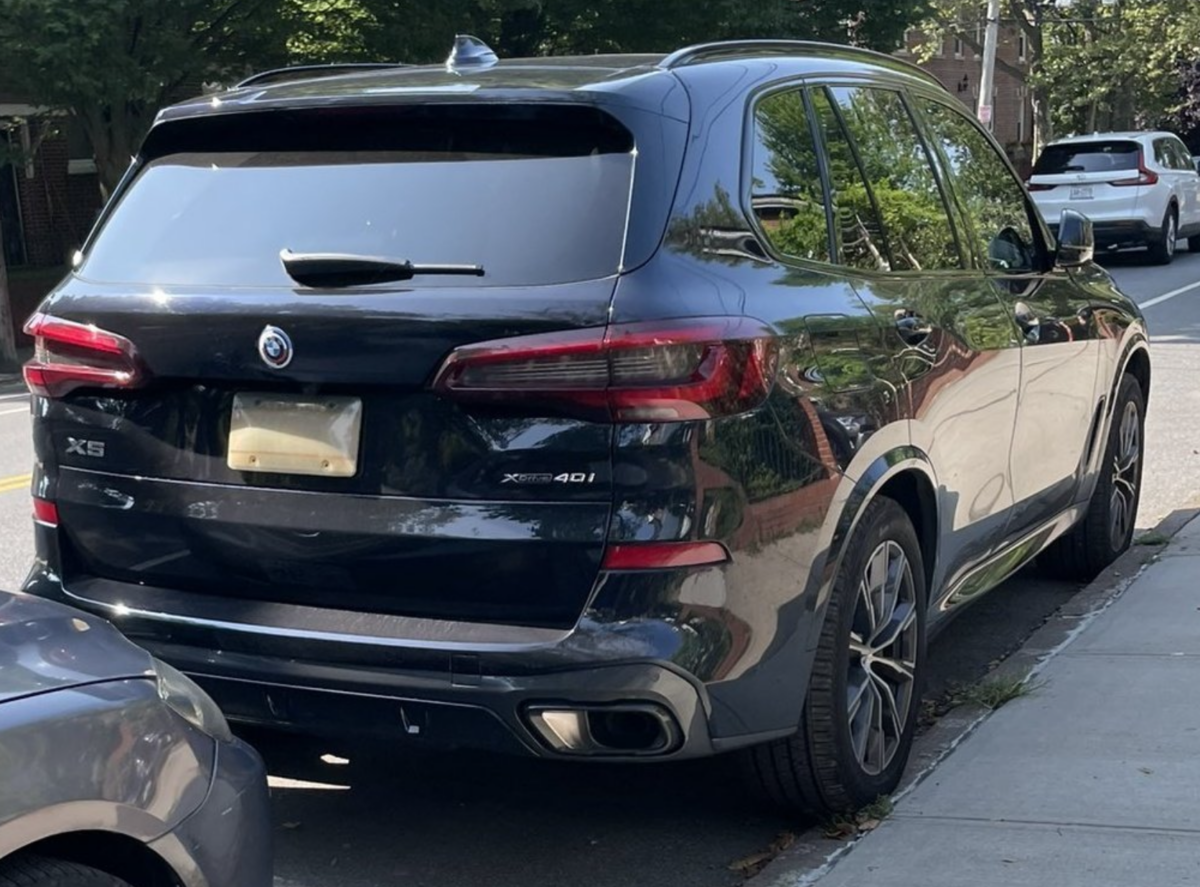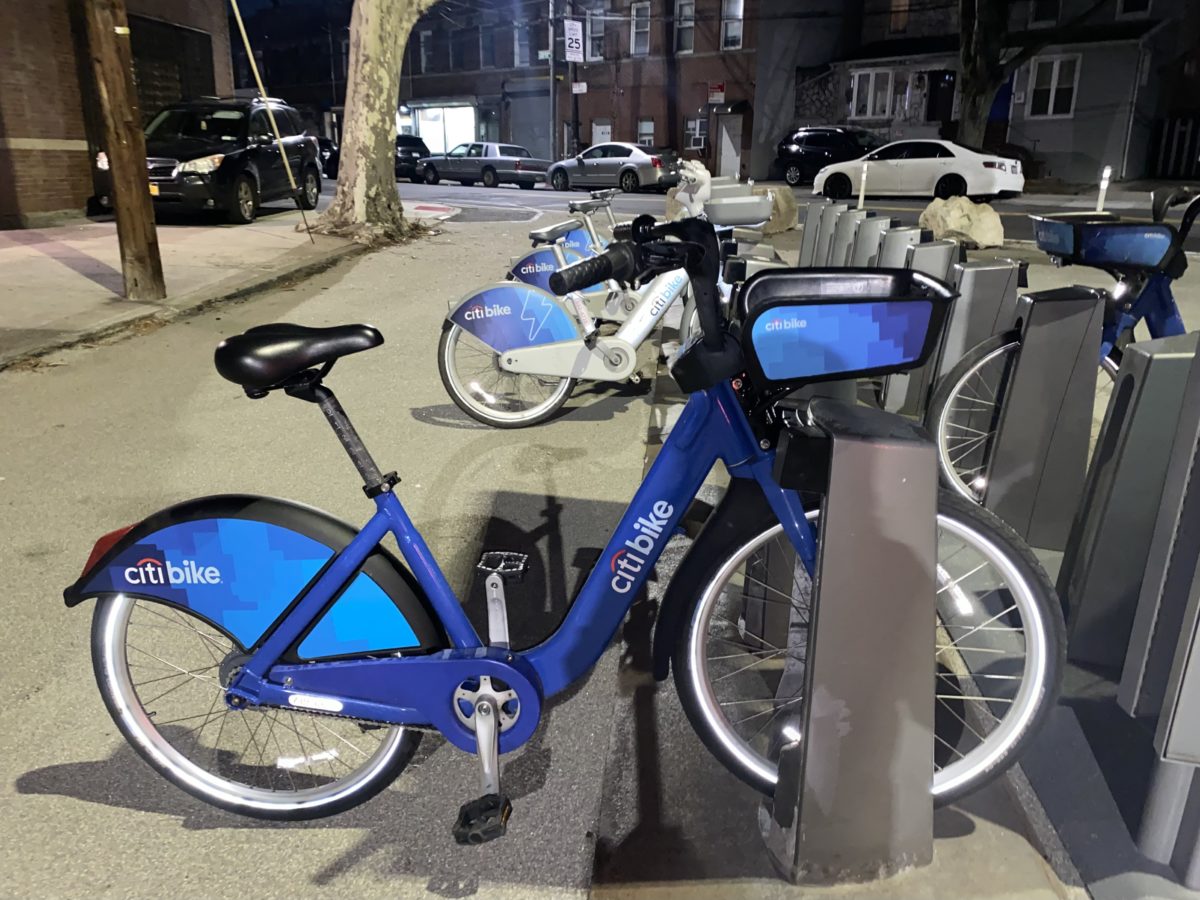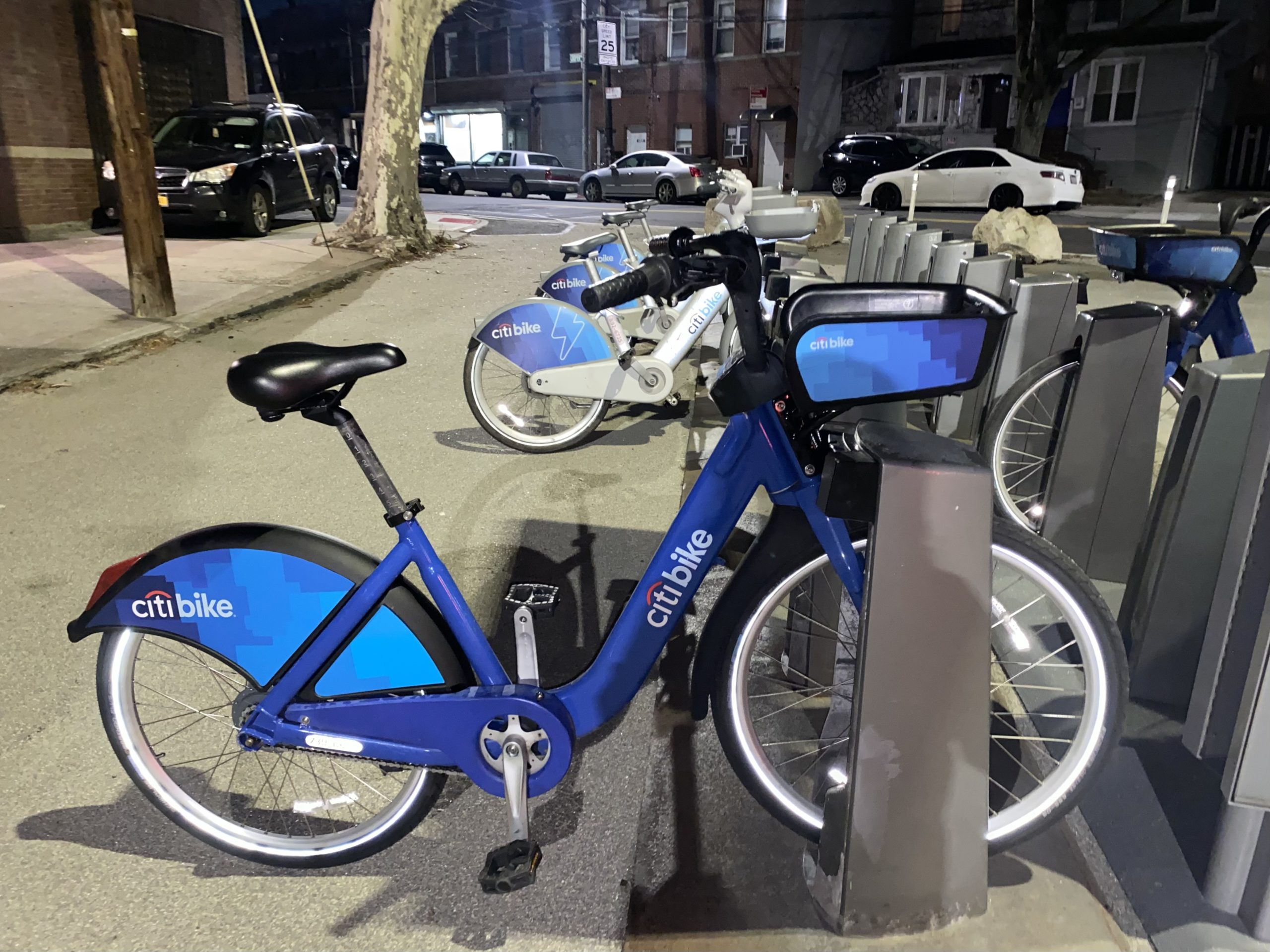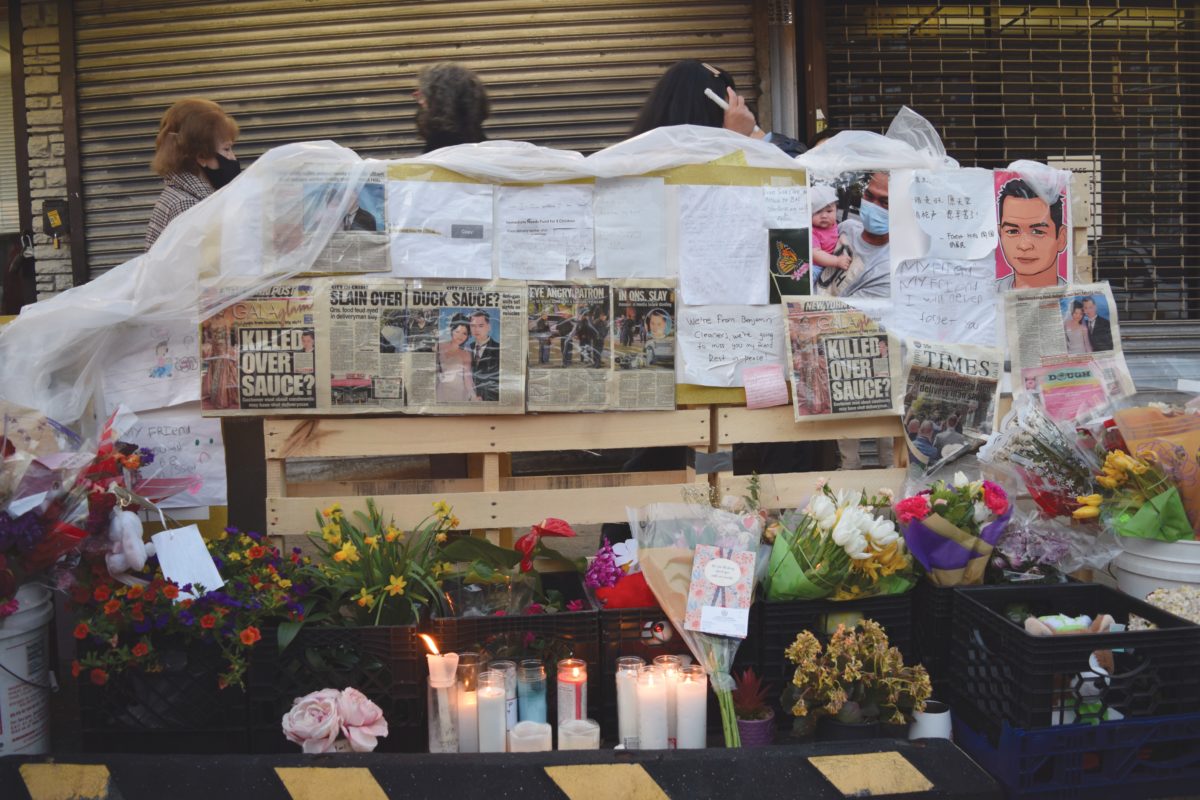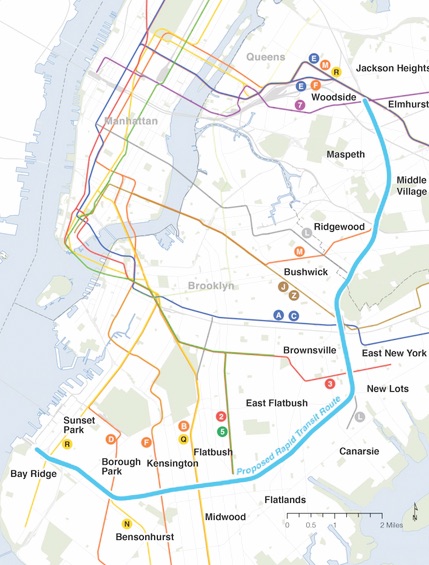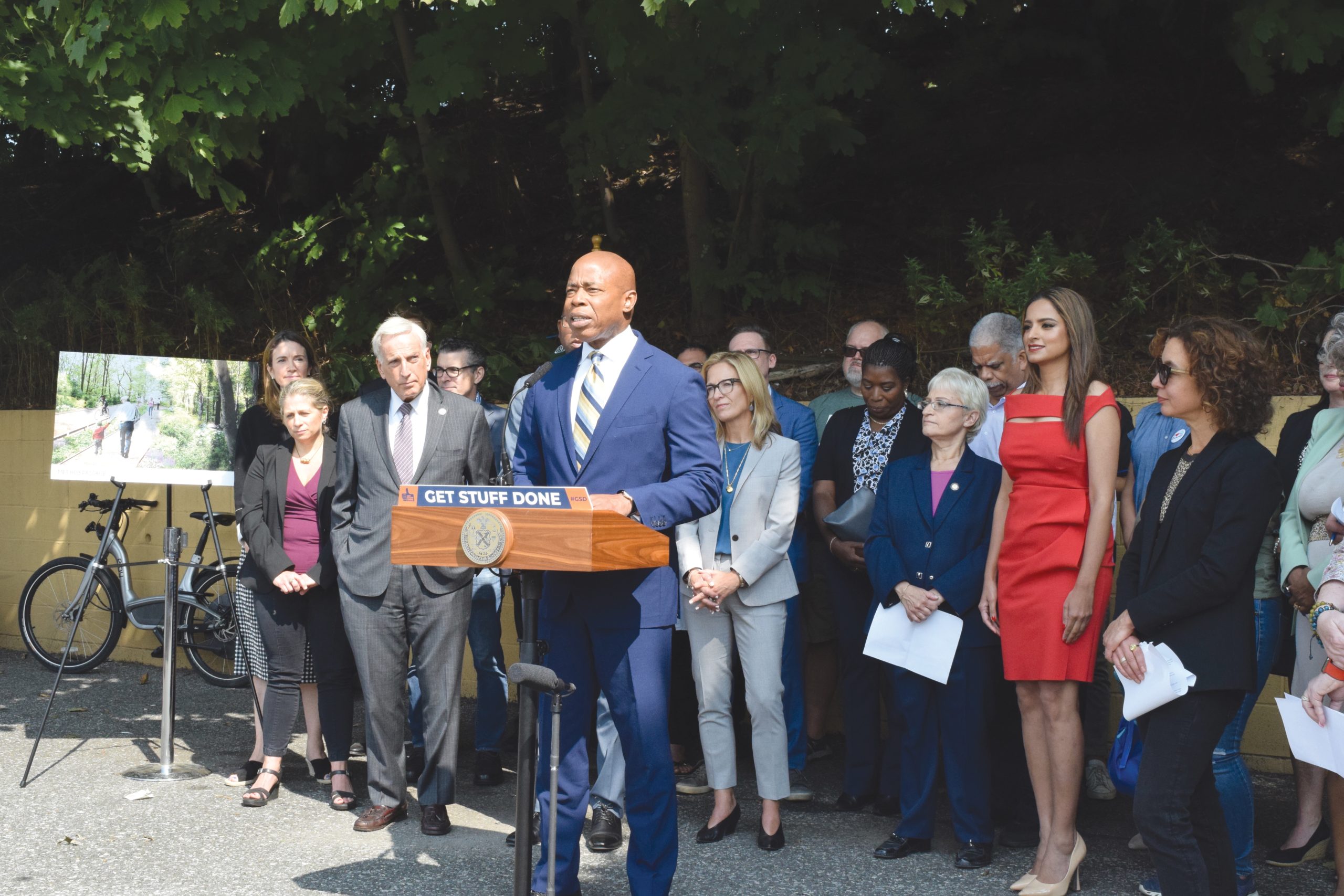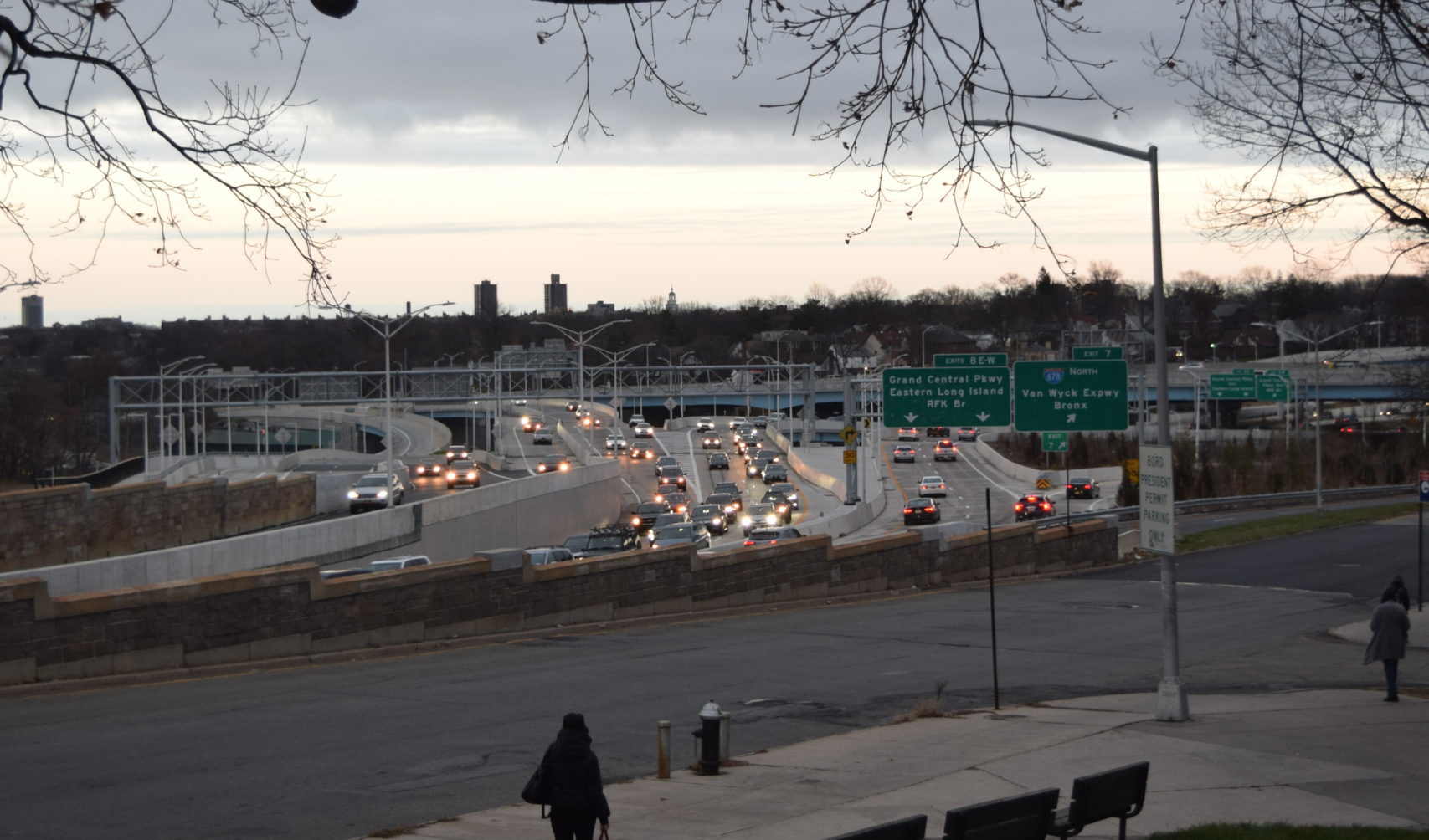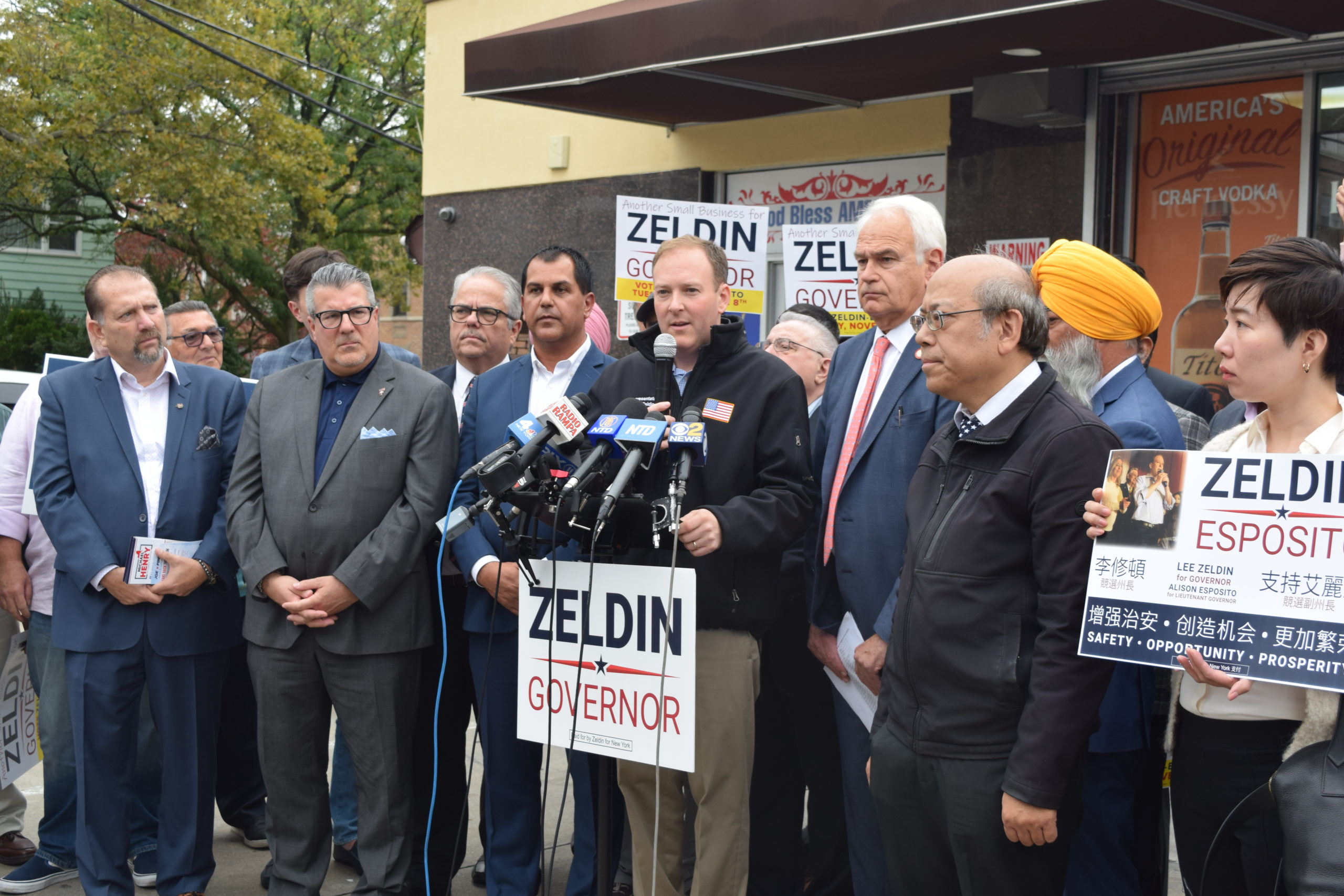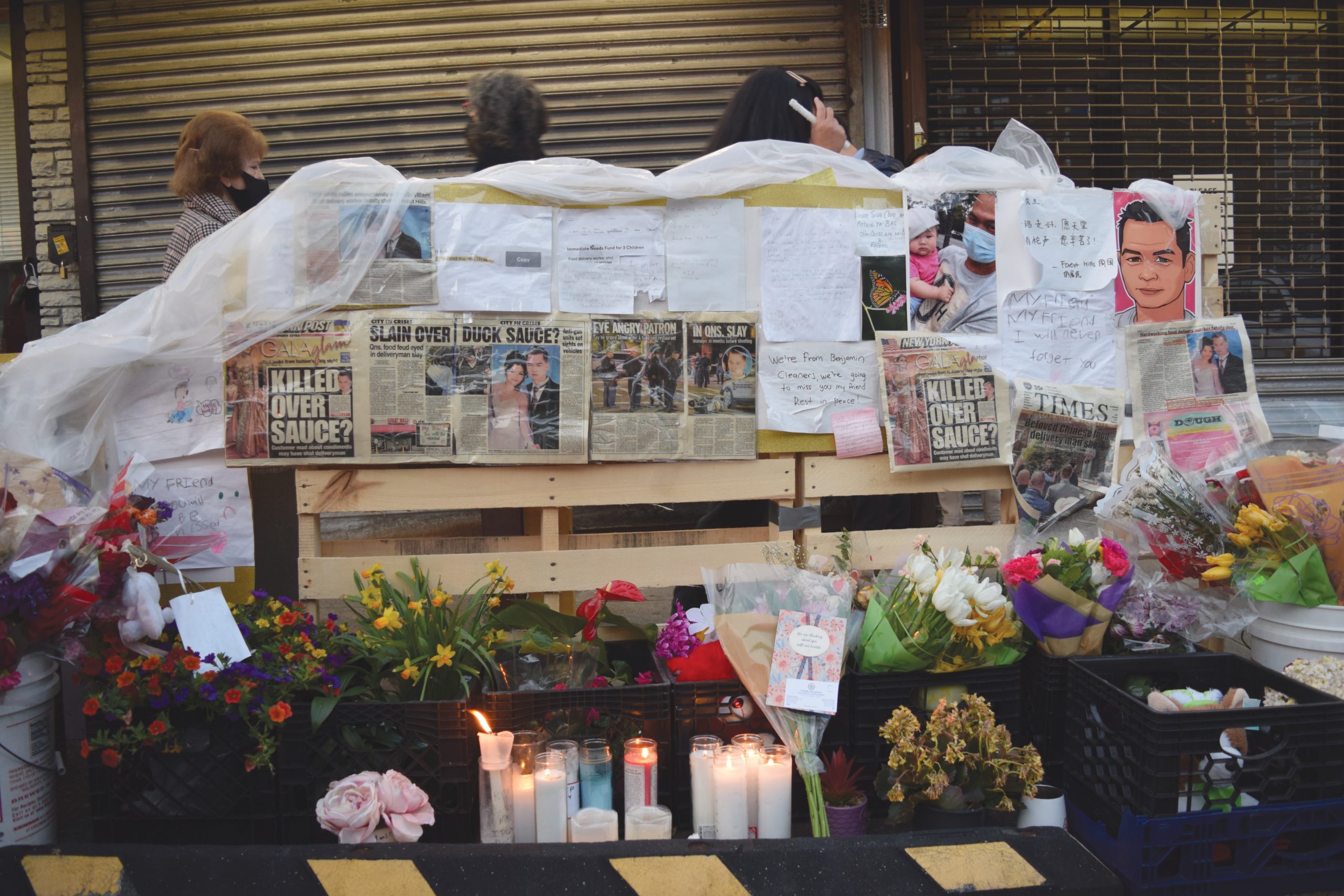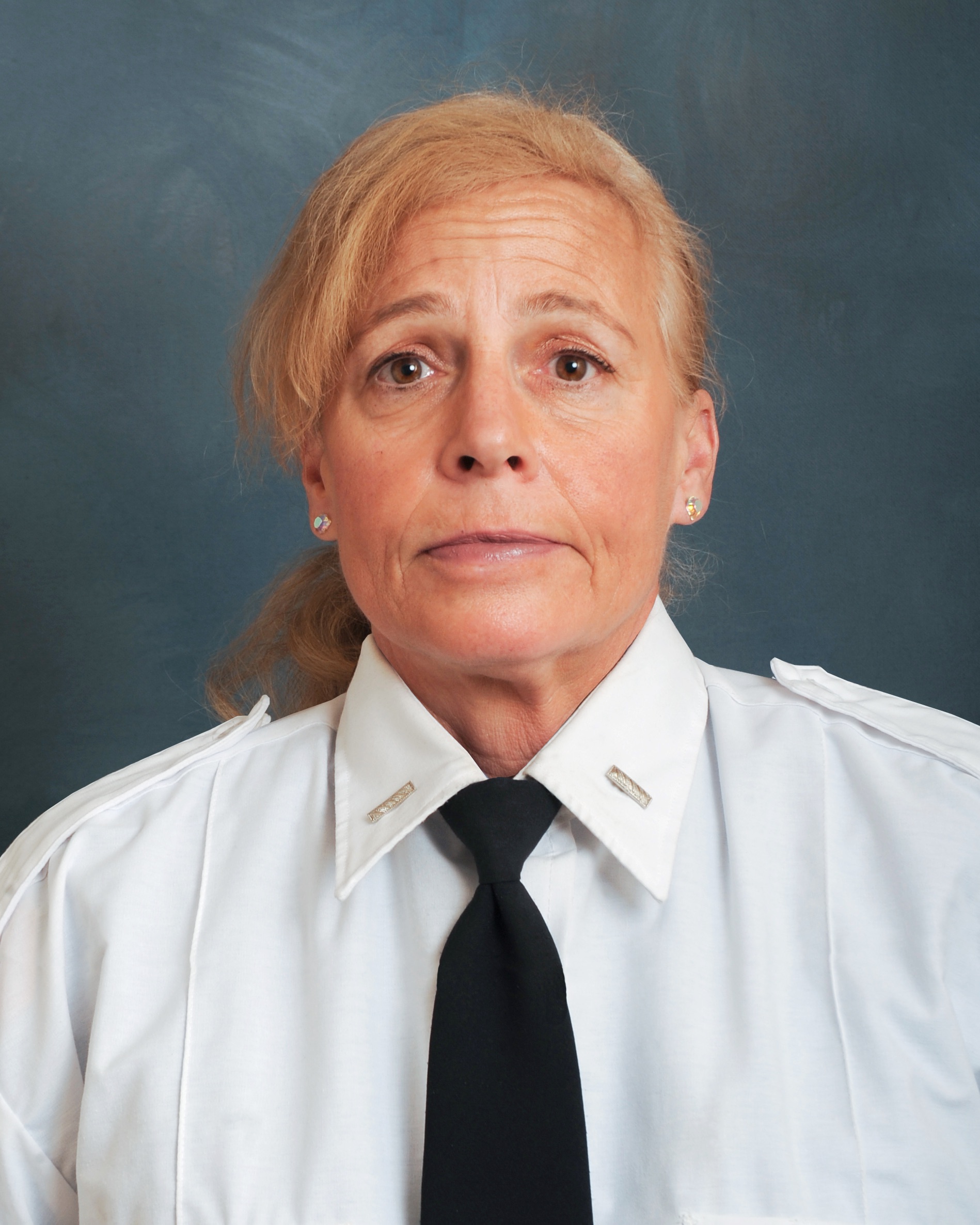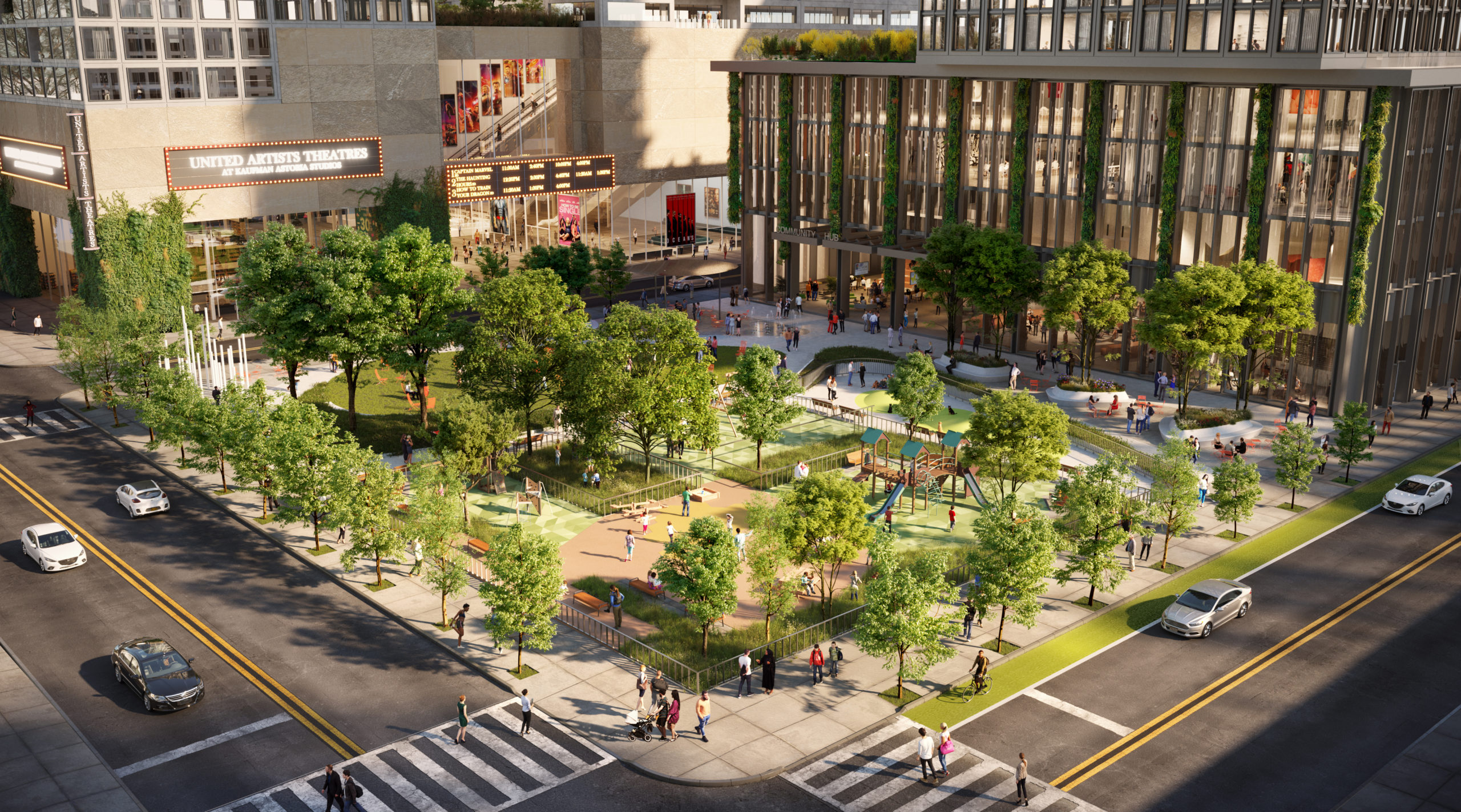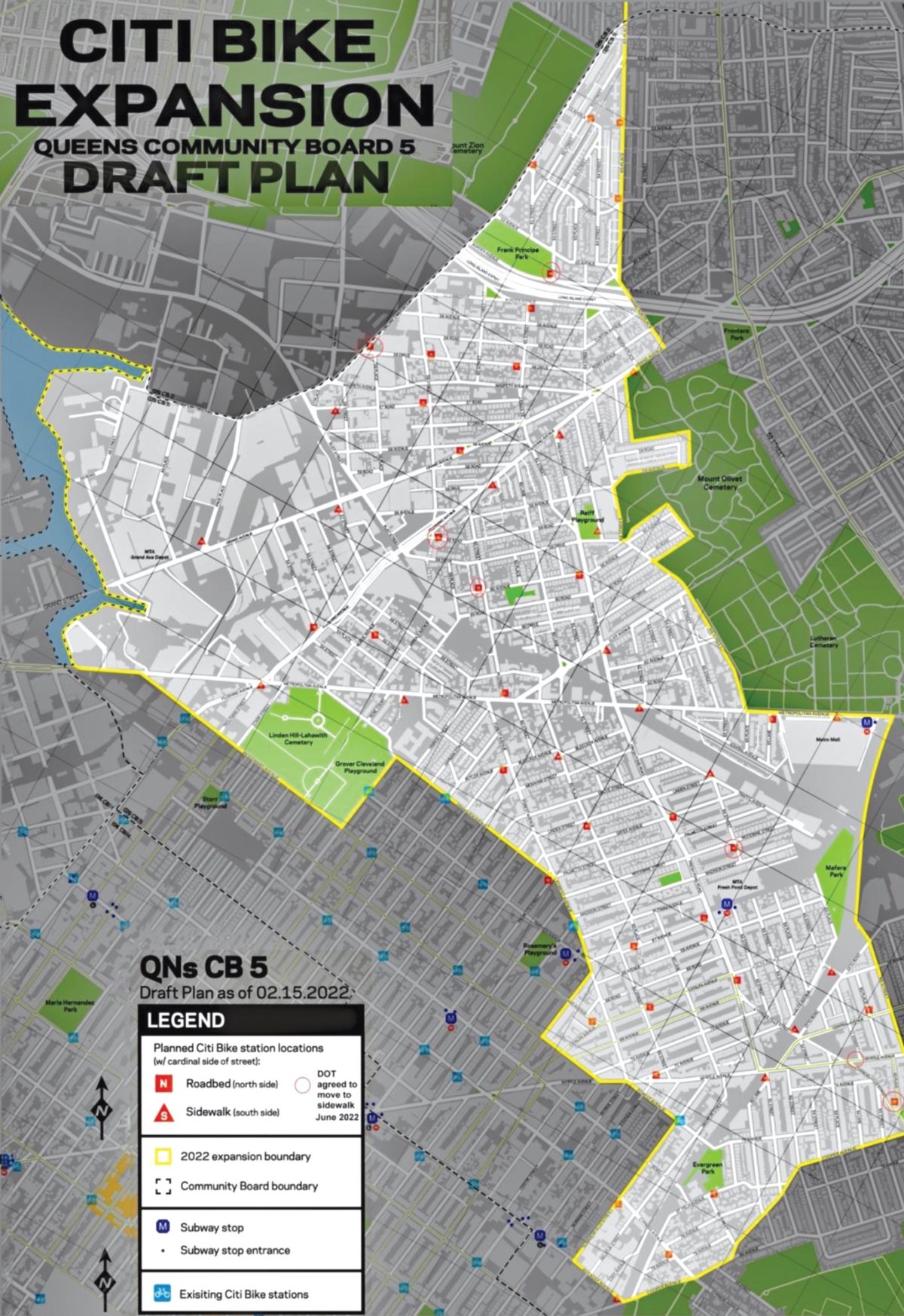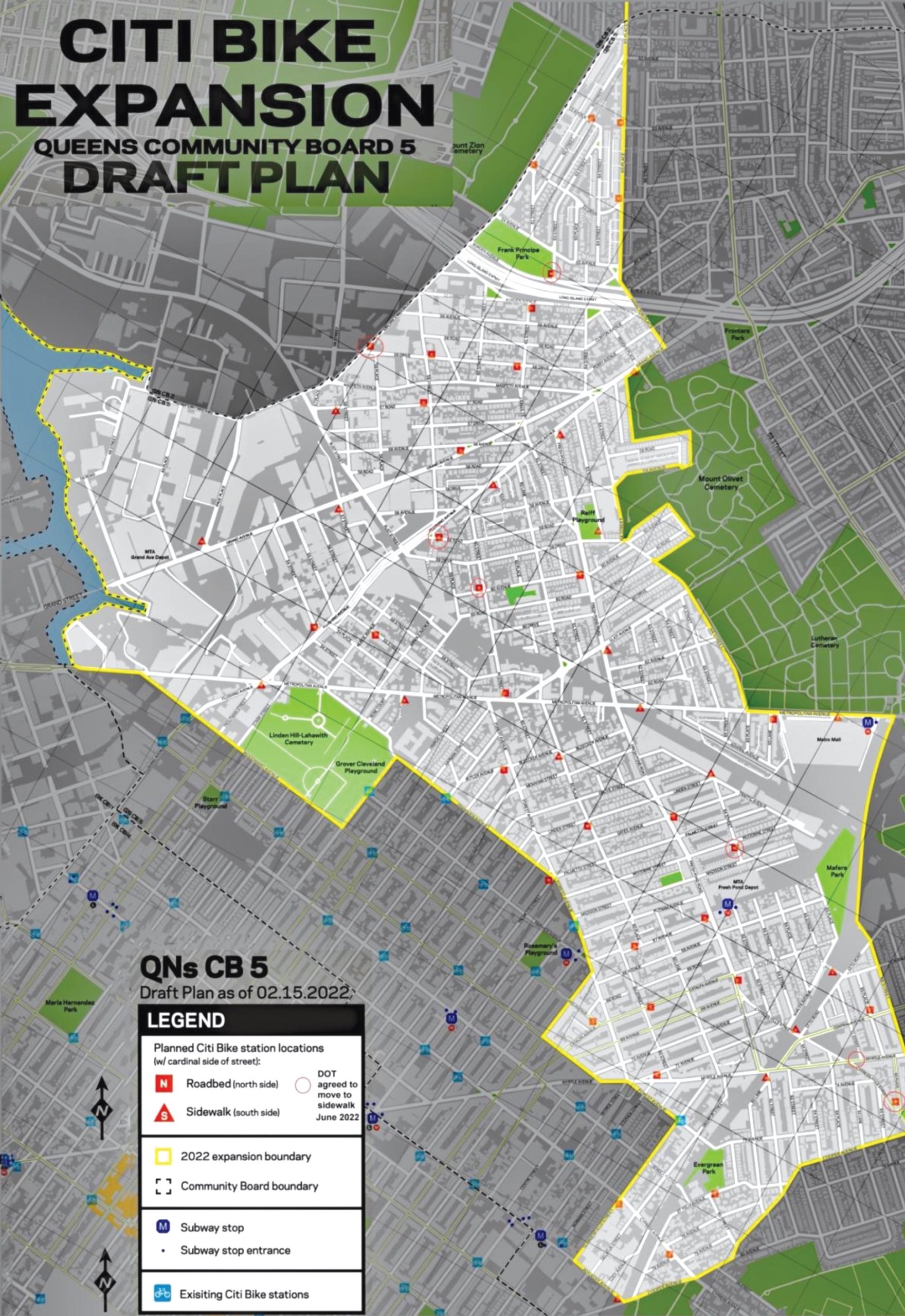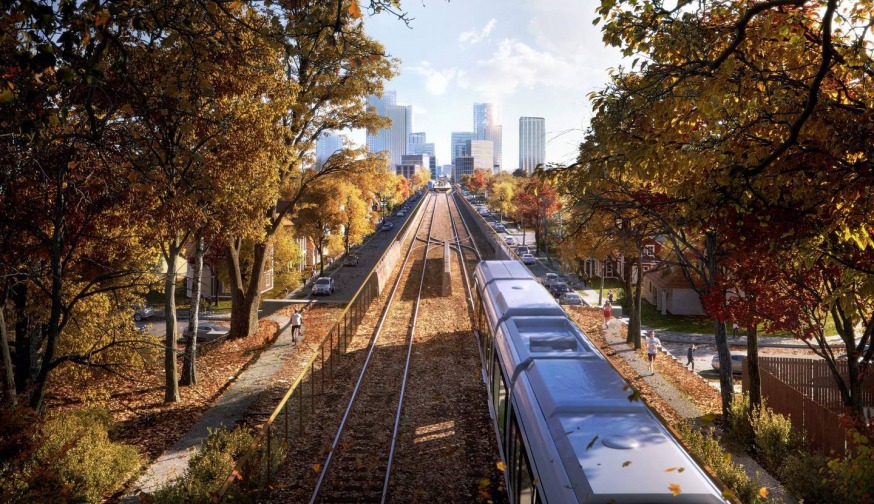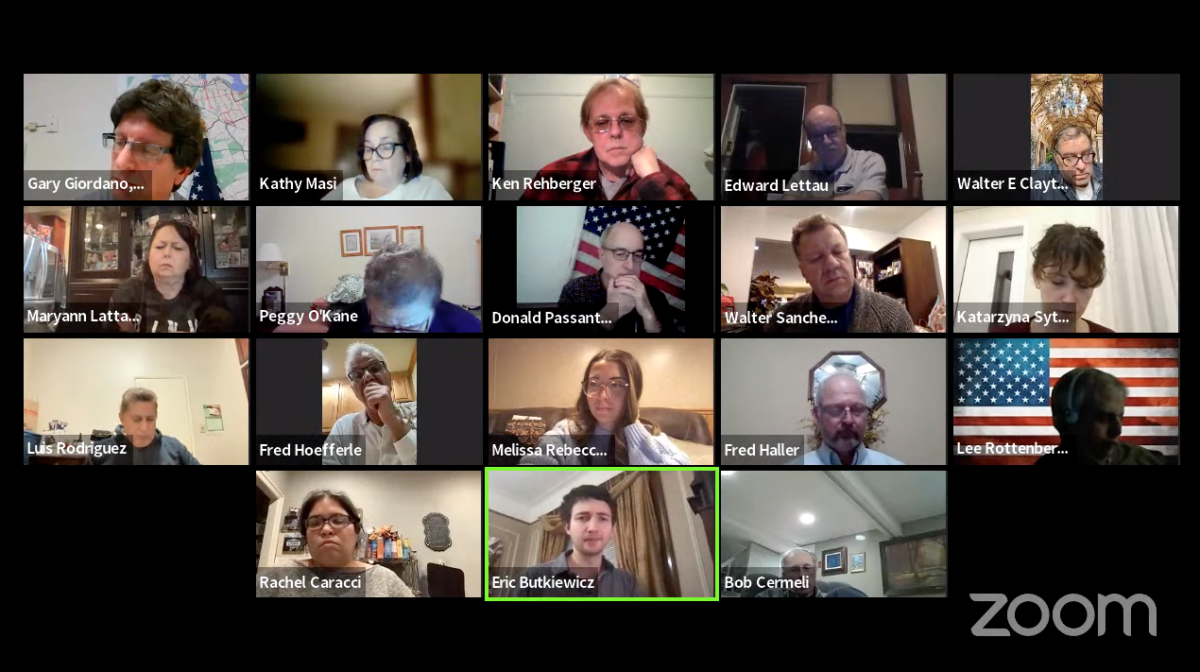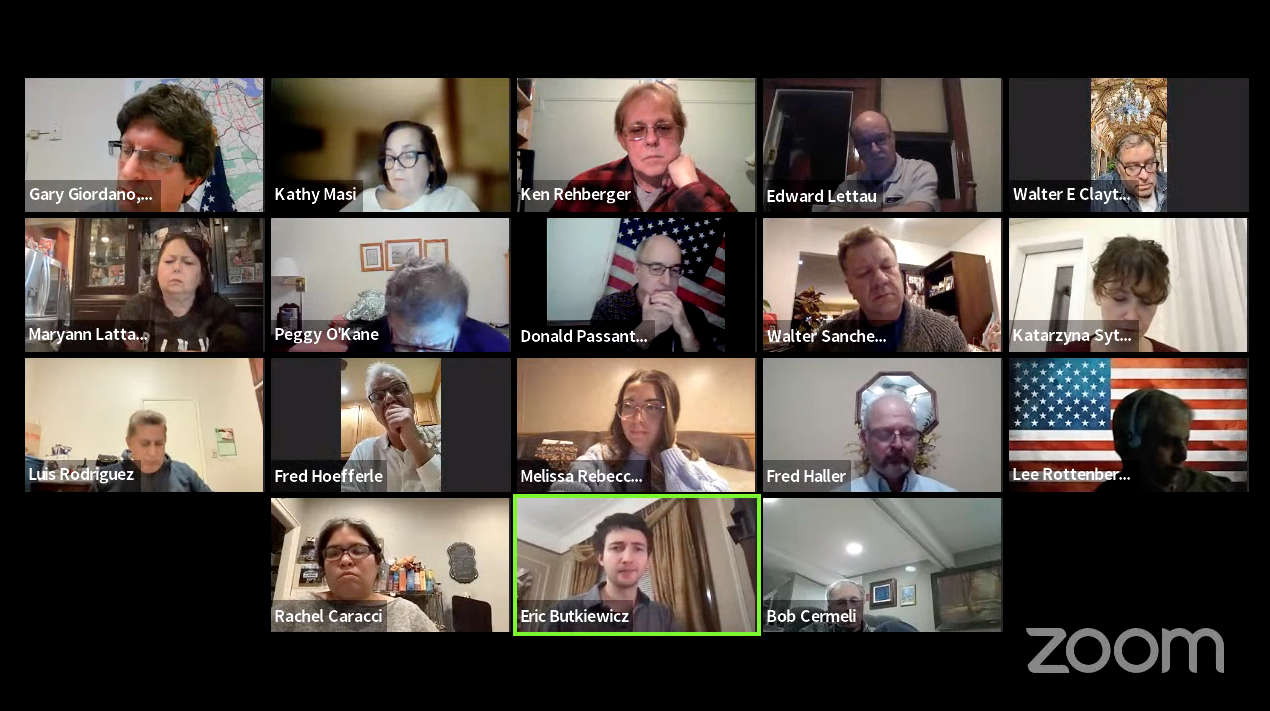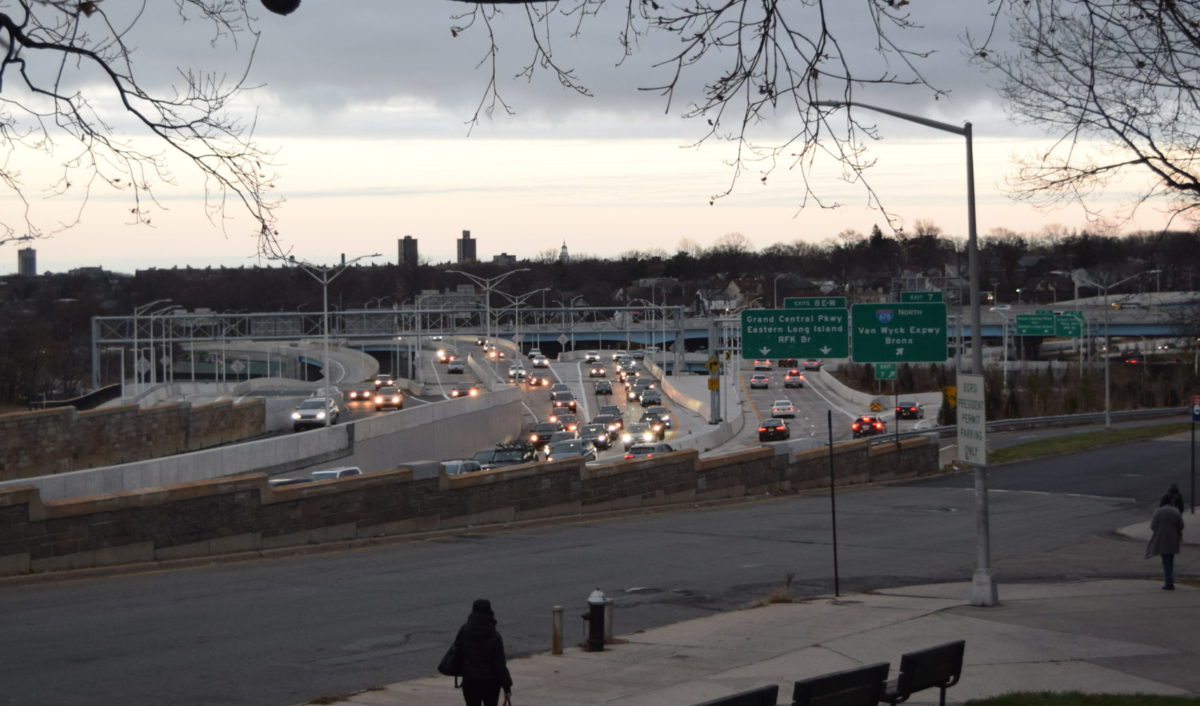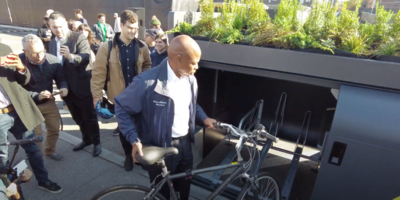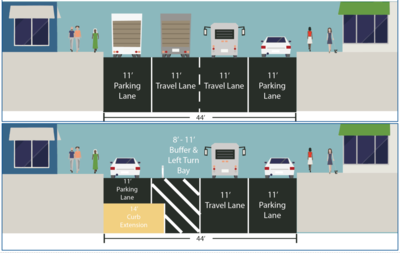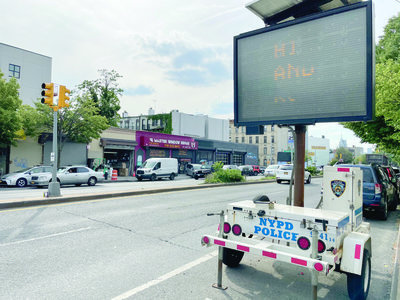311 Launches Portal to Report Obscured License Plates
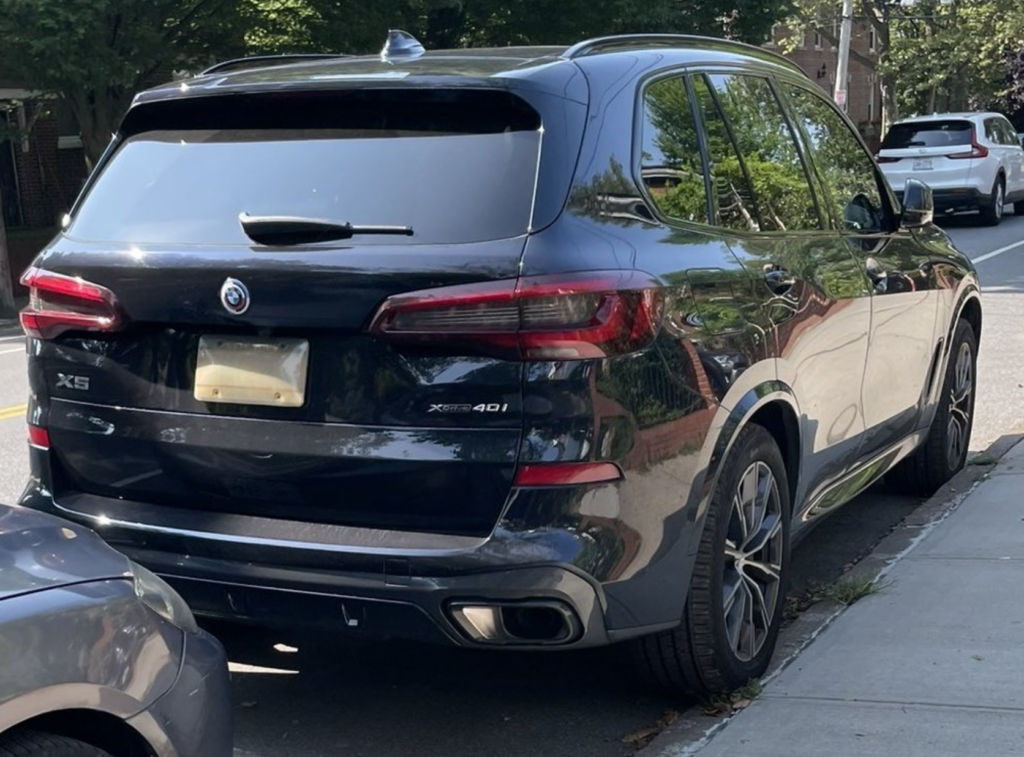
Photo Credit: @placardabuse on Twitter
By Iryna Shkurhan | ishkurhan@queensledger.com
New Yorkers can now report delinquent drivers for obscuring their license plates through a simple 311 online portal.
More and more drivers are modifying their license plates with a variety of tactics to avoid getting flagged by speeding cameras or paying tolls across the city. Some evasive drivers purchase a transparent cover on Amazon for less than $20 that reflects the camera’s flash to prevent recognition. While others resort to bending their plates, scratching off segments, spraying chemicals or even using temporary paper plates illegally.
The new measure was unveiled following Councilmember Robert Holden’s letter to NYC’s Chief Technology Officer, Matthew Frasier, urging him to take action against the issue. Frasier coordinates tech related projects across the city in an effort to democratize technology.
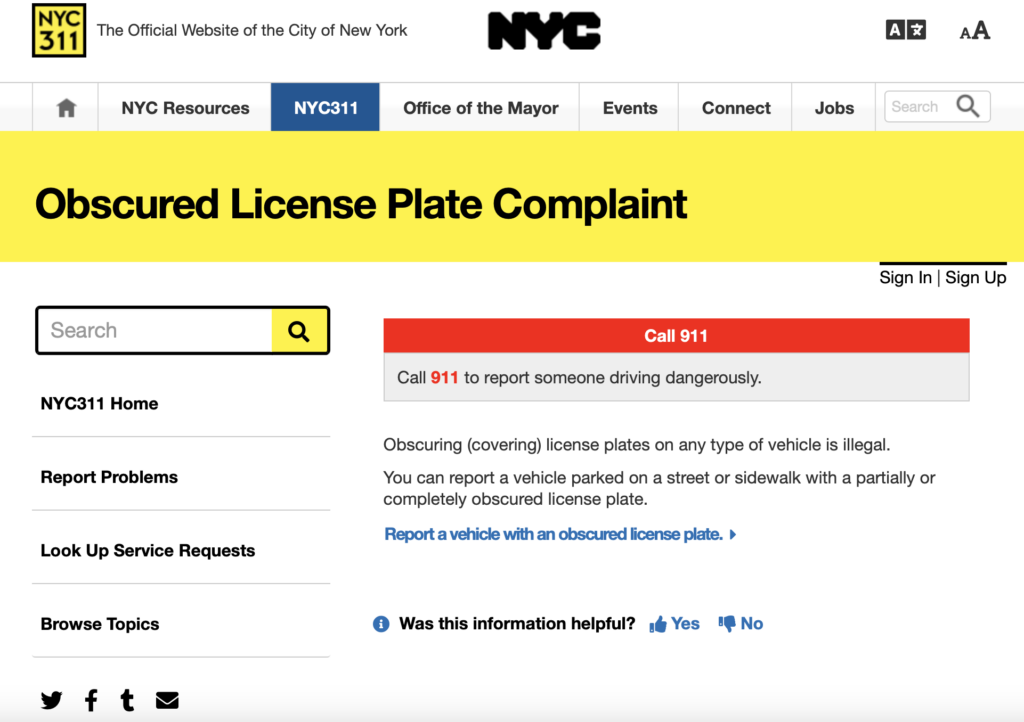
Screenshot from the new 311 portal.
Previously CM Holden, who sits on the Committee of Transportation, sponsored a bill to prohibit the sale or distribution of materials that obscure or distort plates. Enacted by the council this past January, the first penalty for violations is $300 while subsequent ones would amount to $500.
“The financial implications of this problem are significant as well. The State is losing considerable money on tolls due to obscured license plates, and the city is losing revenue from red light and speed cameras,” penned Holden to Frasier in a letter dated February 23, 2023. “In addition to the financial impact, the safety of our citizens is at risk. Using obscured license plates makes identifying and prosecuting individuals who commit crimes challenging.”
A report from THE CITY found that drivers modifying their plates to evade personal costs has cost the city up to $75 million in possible fines for license plates that were damaged, missing or obscured. Since the pandemic, the problem has only gotten worse with a significant rise in speed cameras unable to read license plates due to obstruction.
In addition to lost funding, safety advocates say that these tactics embolden more reckless driving and that can put others on the road at risk. Others believe that drivers may be resorting to these measures due to a higher cost of living, especially with car related expenses, and are feeling pinched by the associated costs of gas, tolls and parking.
Data obtained by THE CITY showed that from January 2016 to March 2020, approximately one percent of camera enforcement infractions showed up unreadable. But in December 2021, the number of vehicles that could not be ticketed jumped to four percent indicating a rise in plate obstruction.
New York State’s Vehicle and Traffic Law states, “Number plates shall be kept clean and in a condition so as to be easily readable and shall not be covered by glass or any plastic material or substance that conceals or obscures such number plates or that distorts a recorded or photographic image of such number plates.” A violation can result in a fine ranging from $50 to $300.
Congresswoman Grace Meng recently shared that she was impacted by this tactic when a speeding car with modified characters was caught by a camera in Howard Beach and appeared to match her license plate.
“Nice try. This ain’t my car and the license plate clearly shows someone altered with the plate’s characters. See you in traffic court!” wrote Meng on her campaign Twitter account alongside pictures of the speeding violation ticket she received in the mail.
“We must prioritize tackling the persistent problem of obscured or tampered license plates,” said Council Member Holden in a press release. “Implementing a streamlined 311 reporting function empowers New Yorkers to swiftly alert law enforcement of such violations through a few simple taps on their smartphones. This responsive approach exemplifies the government’s commitment to addressing the concerns of its citizens.”
Once in the portal, reporters can describe the problem with a maximum of 2000 characters and attach up to three images showing evidence of license plate obstruction. Those reporting can also submit their own contact information to receive updates, but it is not required to identify yourself.
To report a violation, you can visit the 311 portal.



